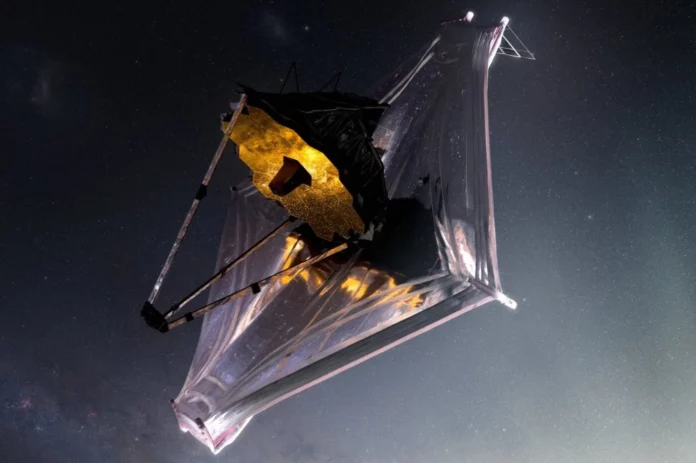The mission of the Webb Space Telescope is in jeopardy – and not because of something on the desert outskirts of the Sun, but because of potential budget cuts.
According to astronomers, Webb is performing better than expected, but a reduction in funding for the telescope could jeopardize the speed and quality of the mission’s results. The lack of funding could reduce the effectiveness of the mission as early as the fall of 2025, SpaceNews reports.
According to Tom Brown, the head of the Webb Space Telescope Mission Office at the Space Telescope Science Institute, NASA’s latest request for the telescope’s future budget will result in a 20% reduction in the mission’s operating budget.
The Webb Space Telescope began its scientific activities in July 2021. “Webb takes pictures of space in the infrared and near-infrared, which distinguishes it from the 35-year-old Hubble Space Telescope, which takes pictures from the ultraviolet to near-infrared wavelengths. “Webb can image the oldest light we can detect, allowing the telescope to see individual stars and galaxies from the early Universe.
Webb can only observe one object at a time, and there is not much time for observations on the telescope. Brown said that time on the telescope is overcrowded by a ratio of 9:1 – meaning that almost 10 times as many scientists want to spend time on the telescope as can afford it.
According to a presentation Brown gave at a town hall earlier this month, Webb’s operating costs were set “idealistically low in 2011.” Combined with higher-than-expected inflation and less flexibility in NASA’s budget, Webb faces a budget deficit even with fixed funding at the top.
“If the budget cuts go into effect, all aspects of operations will be impacted,” Brown told Gizmodo in an email. The proposed cuts to Webb’s budget would affect everything from proposal submissions and program peer review to planning and scheduling observations, calibrating and analyzing data, public outreach, and more.
“These cuts will reduce the efficiency of the observatory and slow the response to anomalies, thus reducing the amount of time available for observations,” Brown added. “The reductions will reduce the frequency and accuracy of instrument calibrations, reduce support for the observing modes associated with the four science instruments, and even reduce the number of instrument modes available for science, thus reducing the scientific productivity and impact of the mission.”
In December 2020, Webb had a surprisingly perfect launch into space, which means that less fuel was used to launch the telescope into space than expected. The saved fuel means that the mission will last longer than scientists had predicted – possibly up to 20 years, compared to the minimum baseline mission duration of five years.
But the telescope won’t last forever, so it’s critical that scientists optimize their time with Webb. During the last request for proposals alone, the Webb mission team at the Space Telescope Science Institute received 2,377 proposals for time spent with the telescope. The demand for telescope time is a measure of the telescope’s importance to science that is not affected by budget cuts. It is imperative that NASA finds a workable solution, otherwise their major mission of the decade will not be accomplished in just two years of its (potentially) twenty-year lifetime.









